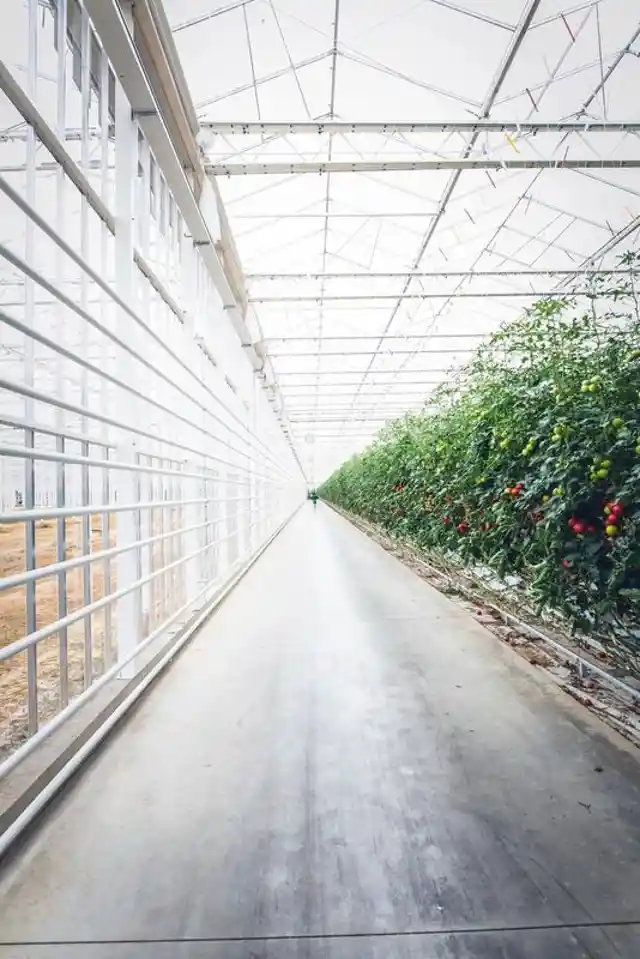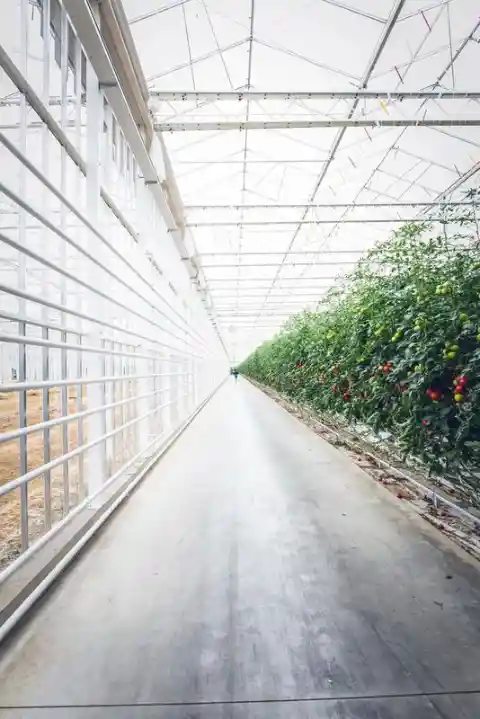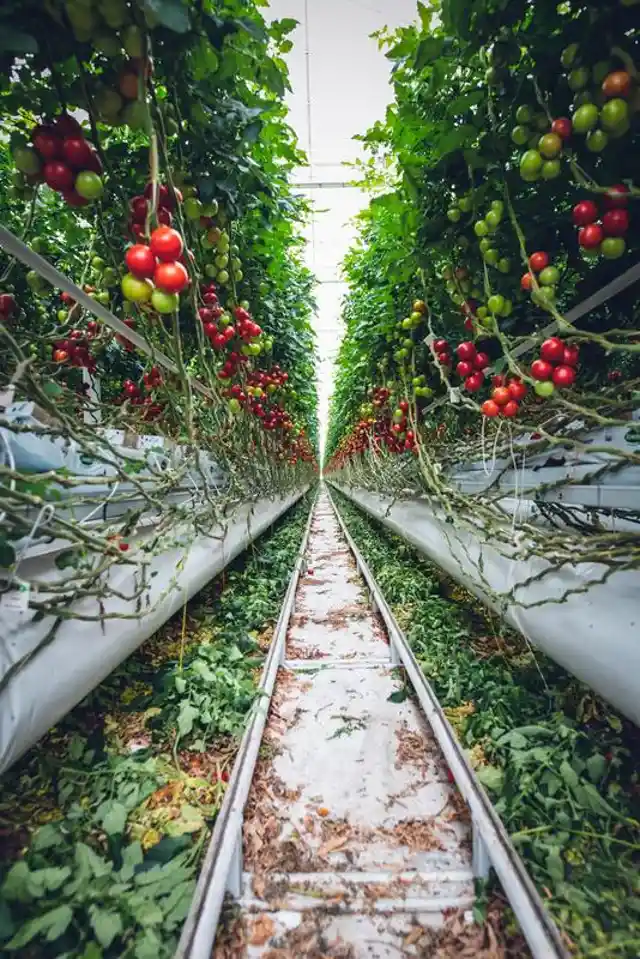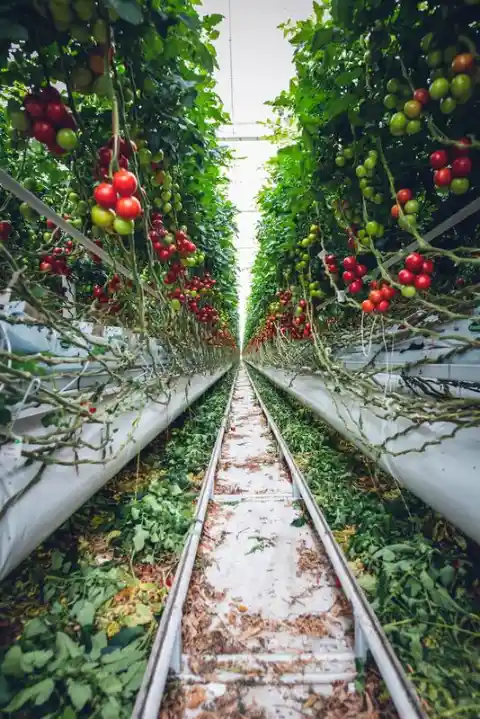The world’s population is estimated to reach 9.7 billion people by 2050, causing a food shortage worldwide. Every day, we lose land to industrialization and urbanization. Increasing food consumption and shrinking arable lands are major causes of concern as our survival are dependent on it. And although there are no quick-fix solutions, many believe vertical farming could be a viable option in the foreseeable future.


What is Vertical Farming?
Vertical farming involves growing food in vertical layers typically integrated into other structures like a skyscraper, cargo container, or a converted warehouse. This current concept makes use of Controlled Environment Agriculture (CEA) technology. Climate control allows for indoor food and medicinal production. Vertical farming is similar to greenhouse farming, except that metal reflectors and artificial lighting are used to increase natural light. Vertical farming maximizes crop productivity in a compact space.
How Does It Work?
There are four key components to vertical farming: Layout, Lighting, Growing Medium, and Sustainability. First, vertical farming aims to produce more food per square meter. To do this, crops are grown in layers in a vertical structure. Second, a proper balance of natural and artificial light is used to keep the room well lit. Lighting efficiency is improved by rotating beds. Third, growth media other than soil are used. Vertical gardening often uses non-soil materials like peat moss or coconut husks. Finally, vertical farming incorporates sustainability characteristics to offset energy costs.


The Result?
Vertical farming saves 95% of water but is still a new concept. Companies have yet to scale up agricultural production to satisfy rising food demand. The success of farms like AeroFarms will decide the future role of vertical farming in meeting rising food demand. Notably, technology created for vertical farms is also being adopted by other indoor farming segments, such as greenhouses, which can utilize natural sunlight, but require much more space and longer supply chains.